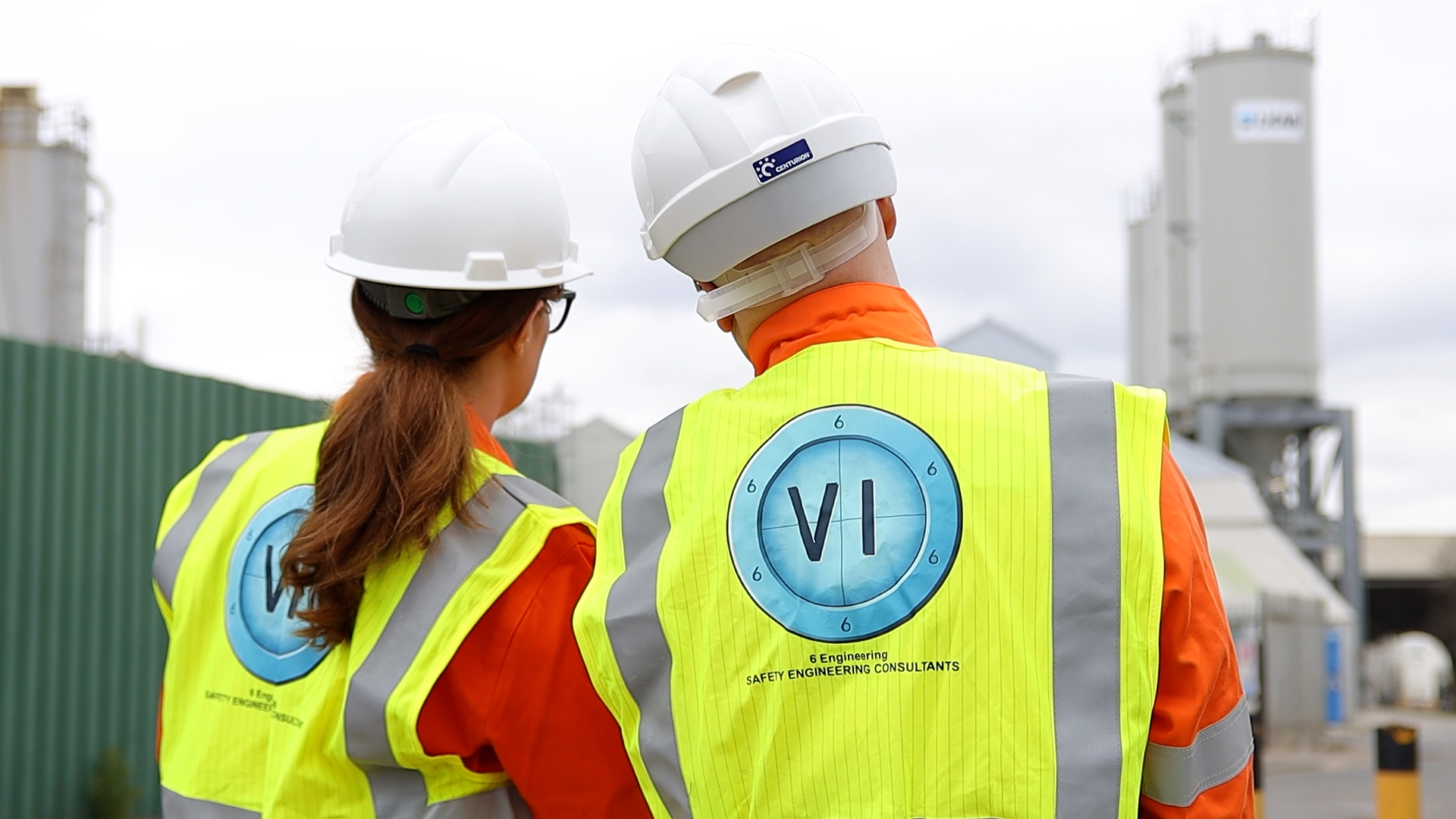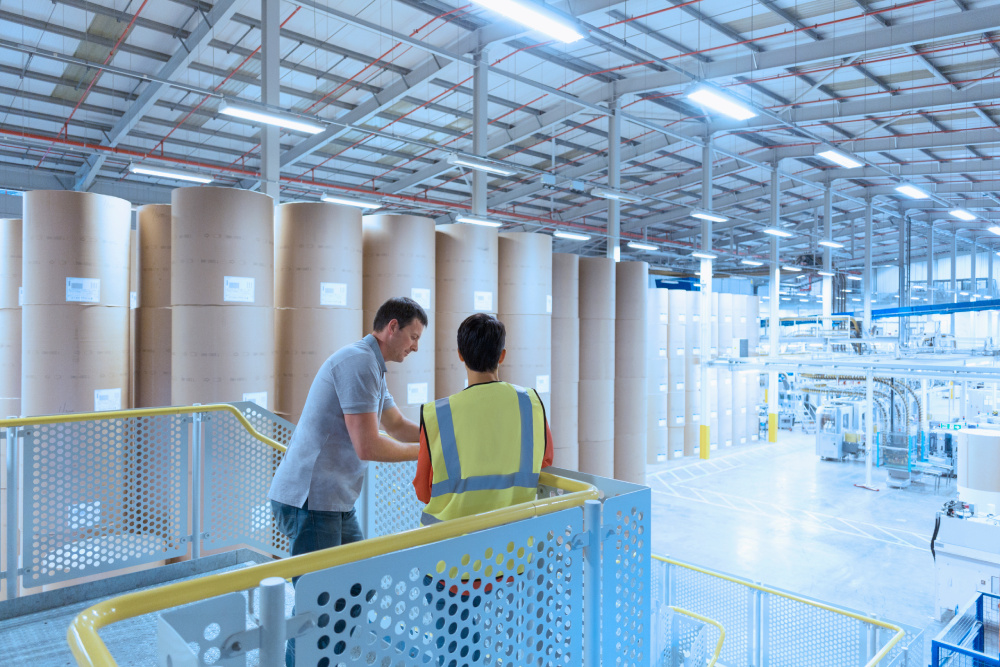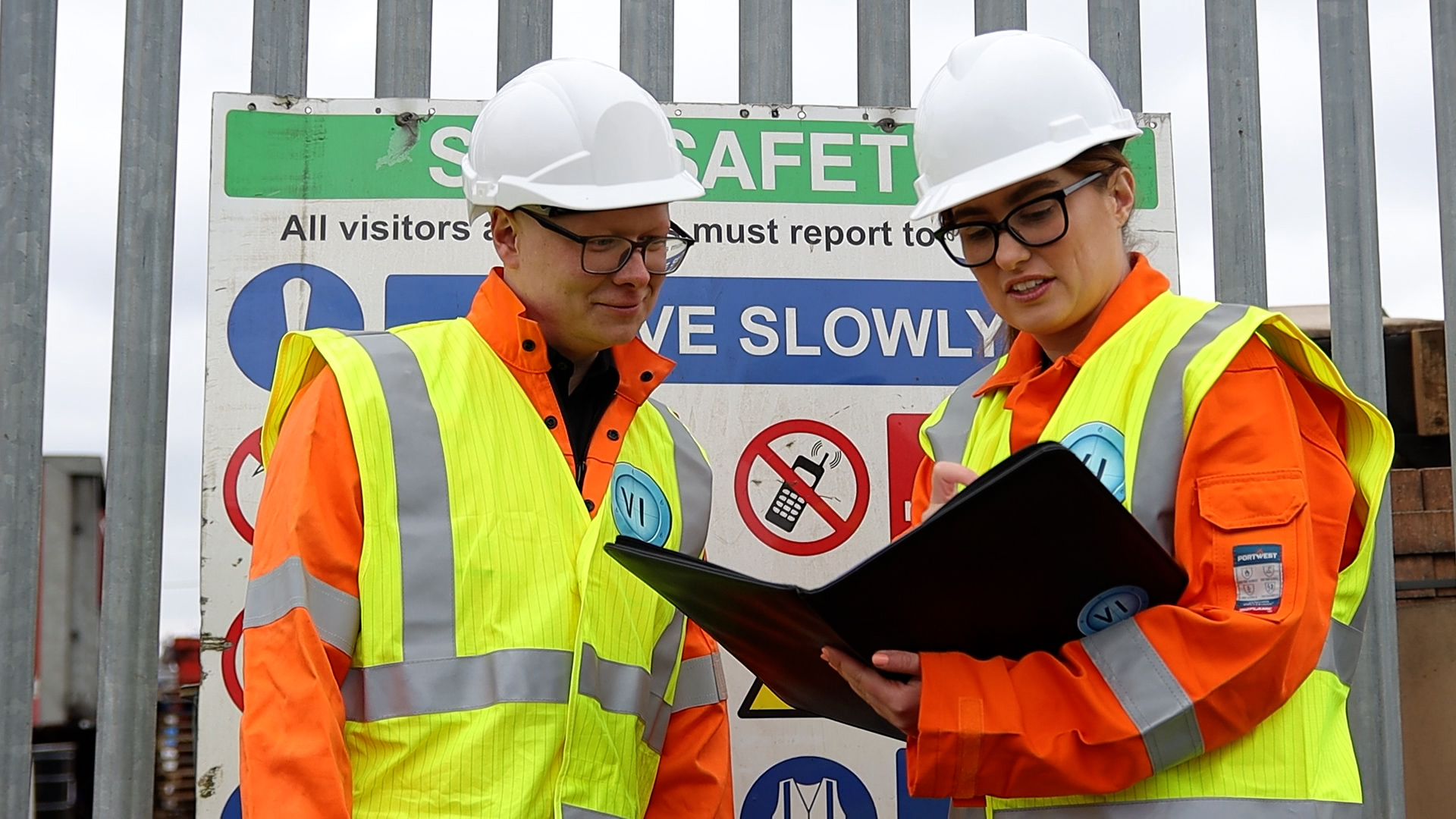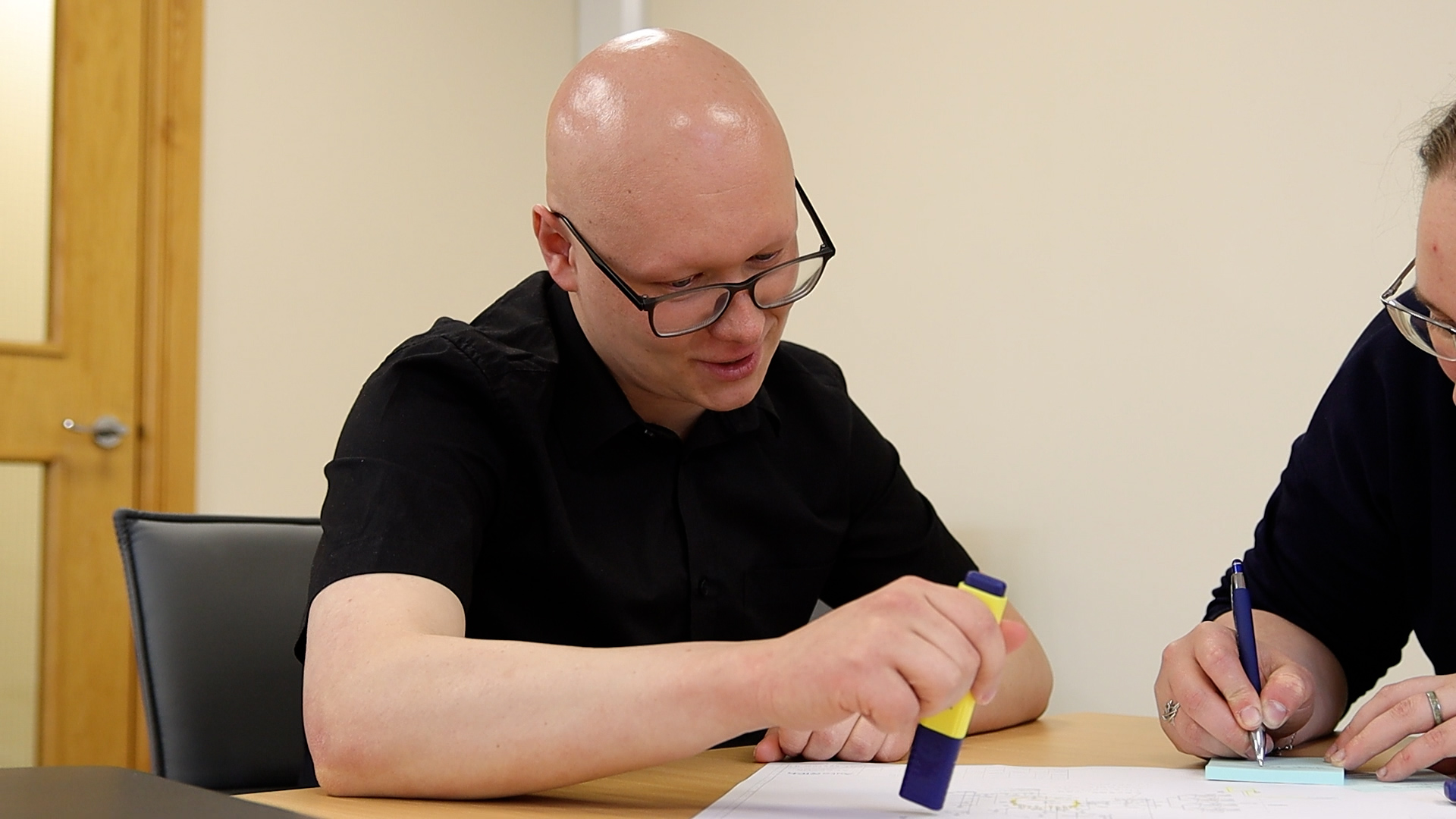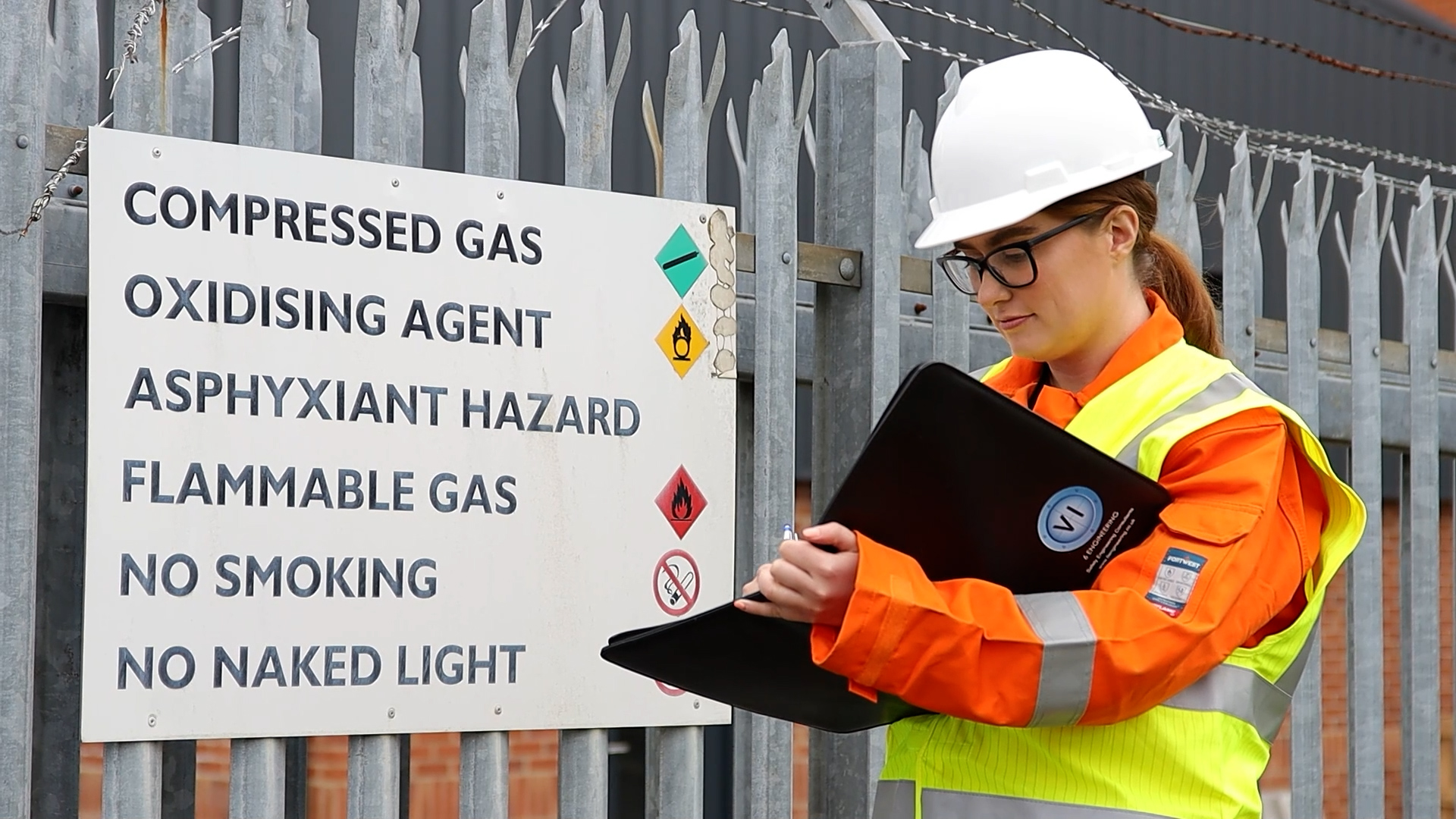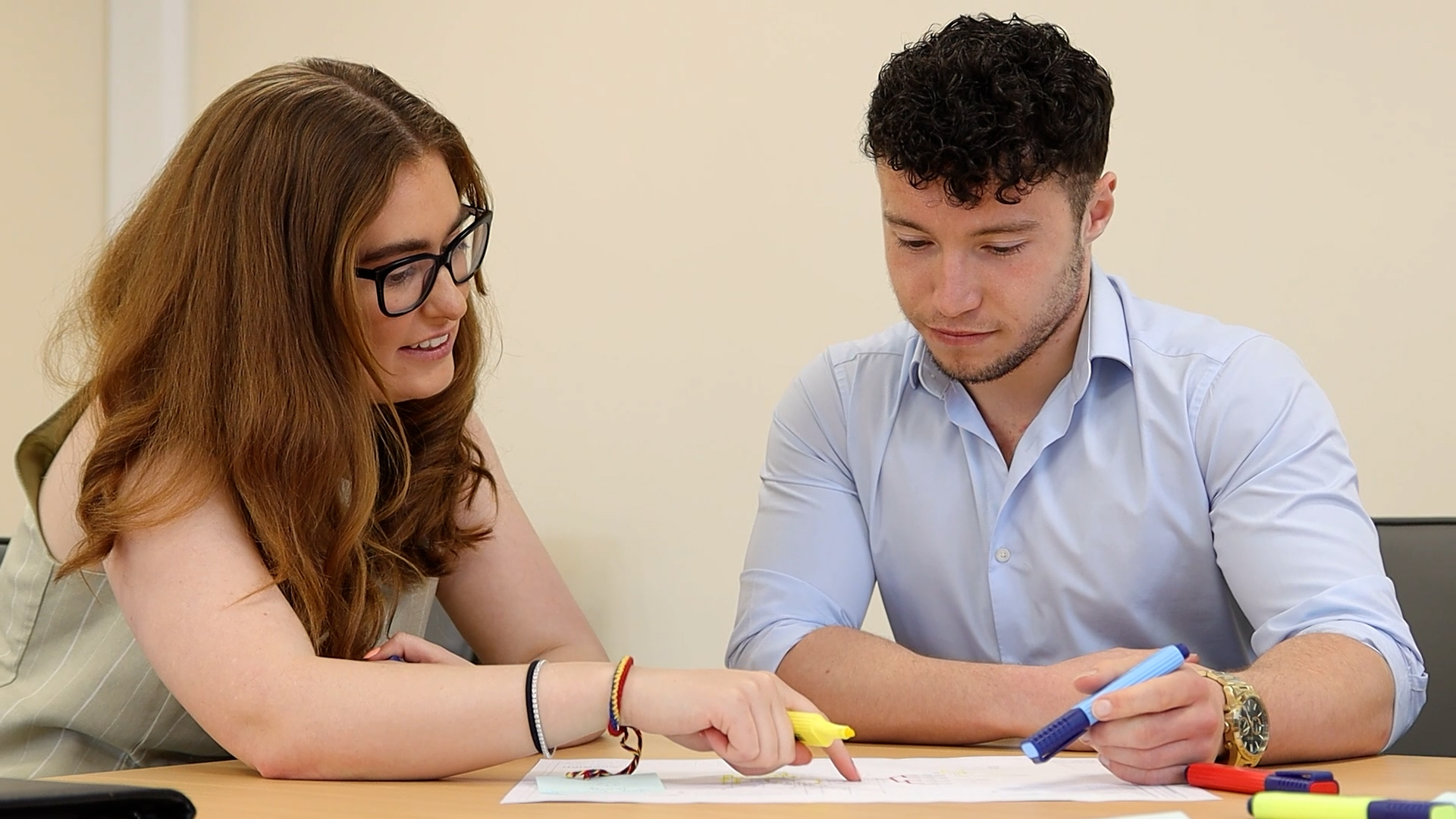Assessment
Functional safety starts with understanding the risks. Our assessment process combines hazard studies such as HAZOP with risk quantification techniques like LOPA to uncover where risks exist, how severe they are, and what level of protection is needed.
